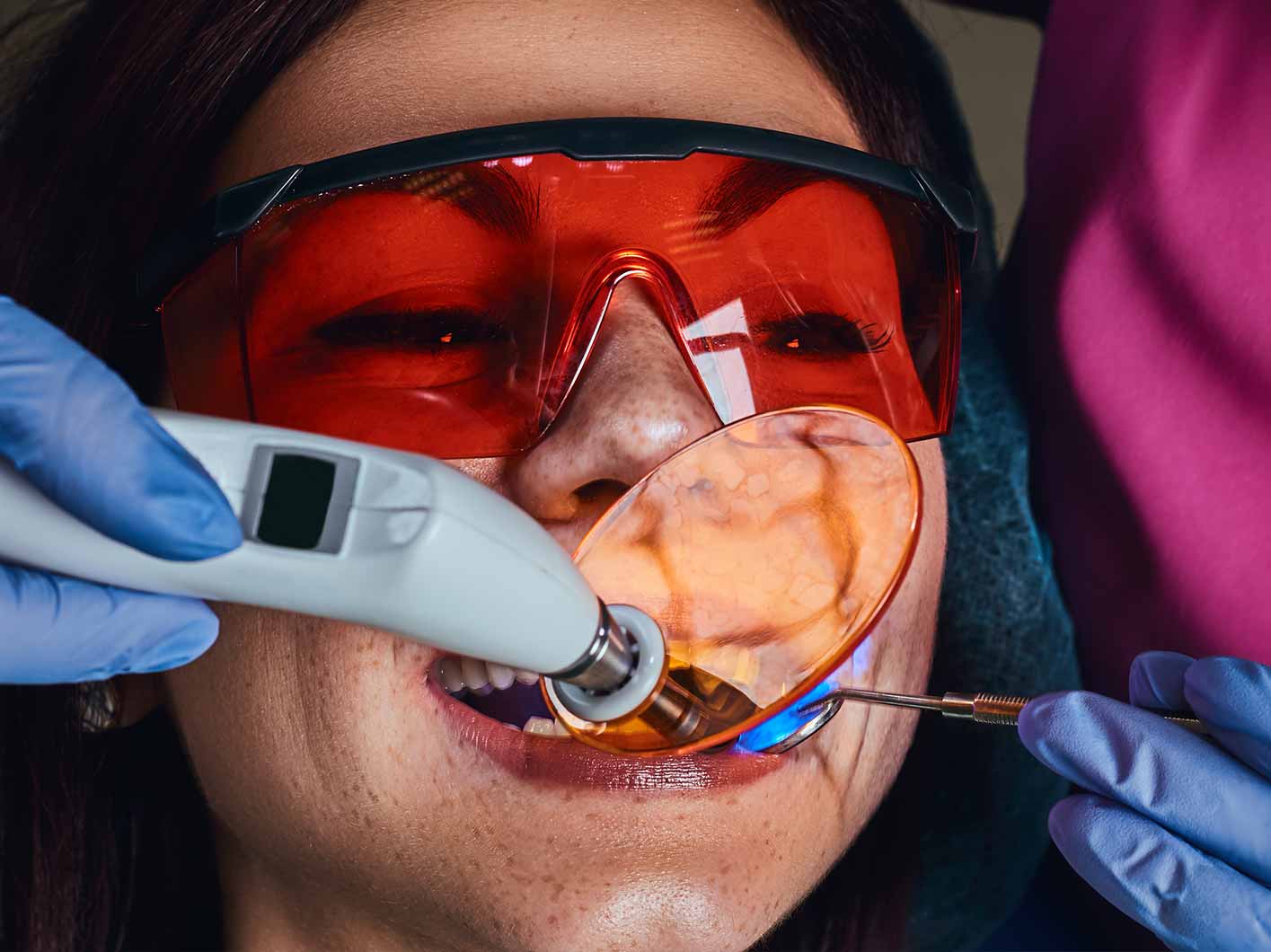
Bonding is a dental procedure used to enhance the aesthetic appearance of teeth. It involves the application of composite resins to the teeth. This procedure can close gaps between teeth, correct cavities, repair cracks, and achieve color harmony. It is preferred for being a quick, cost-effective, and minimally invasive solution.
The bonding treatment consists of the following steps:
Preparation: The dentist first assesses the color and shape of the tooth intended for the procedure. Then, necessary preparations are made on the tooth’s surface. Generally, there is no need for anesthesia as the process is minimally invasive.
Application of Bonding Agent: The dentist applies a special bonding agent to the tooth’s surface for the bonding process. This bonding agent ensures proper adhesion of the bonding material to the tooth.
Application of Bonding Material: The dentist places a bonding material in the appropriate color and shape onto the application area. These materials typically consist of composite resins and are shaped to fit the tooth appropriately.
Shaping and Polishing: After placing the bonding material, the dentist shapes it to fit the tooth’s surface properly. Subsequently, a special light is used to harden the bonding material. In the final step, the dentist polishes the bonding material to achieve a smooth and natural appearance.
Bonding treatment is a fast, cost-effective, and minimally invasive solution. With this treatment, aesthetic issues in teeth can often be resolved in a single visit. Bonding treatment is a great option to correct minor flaws in teeth or improve your aesthetic smile. You can discuss with your dentist to determine the most suitable treatment plan for you

